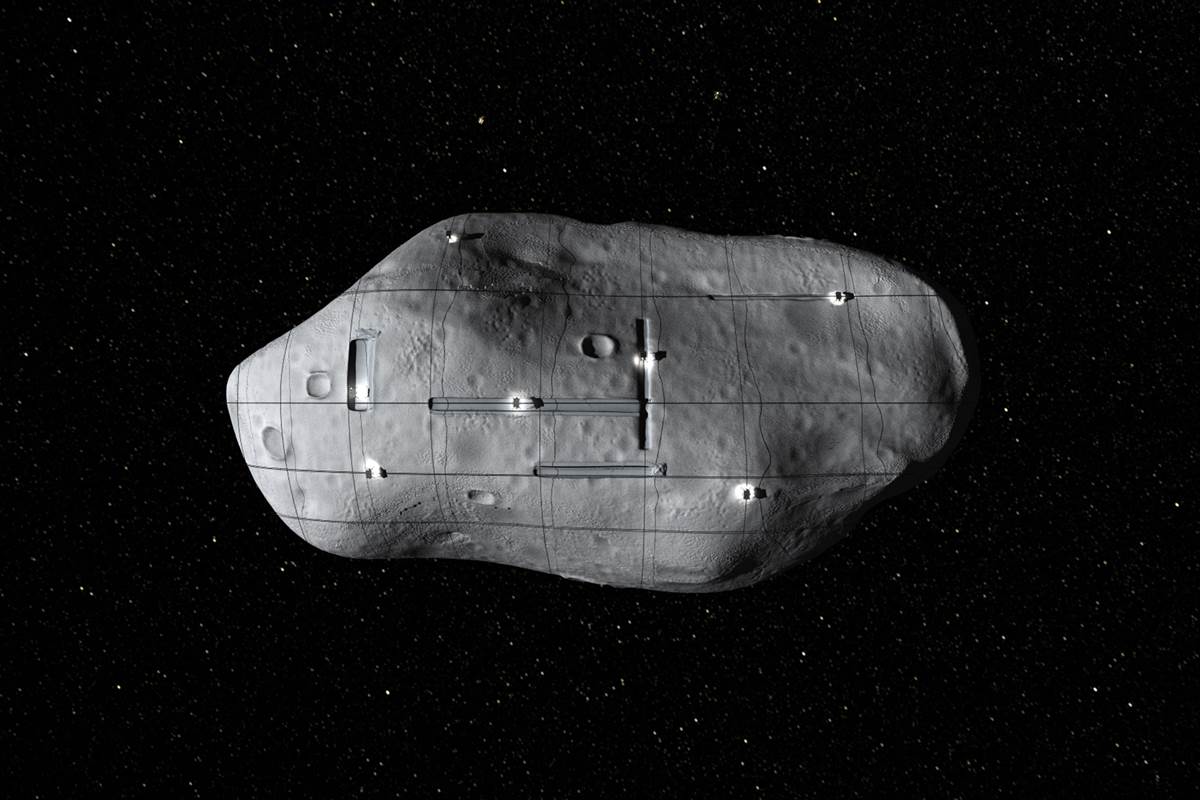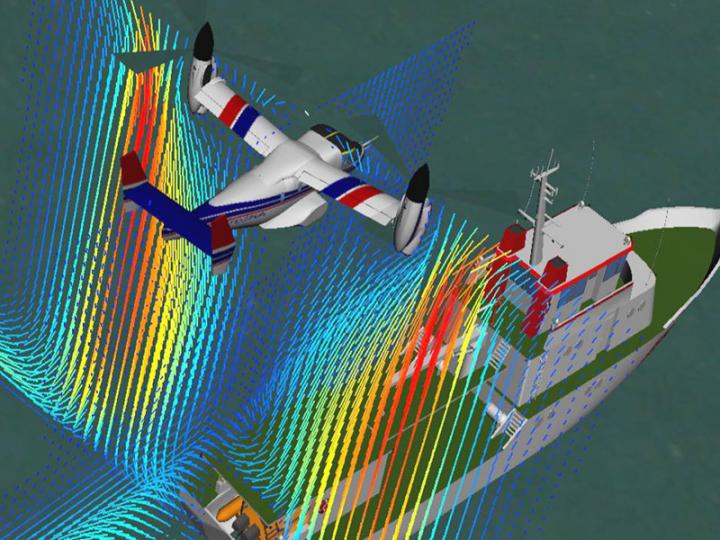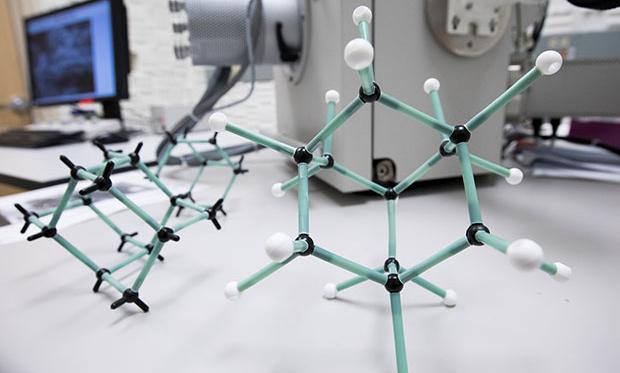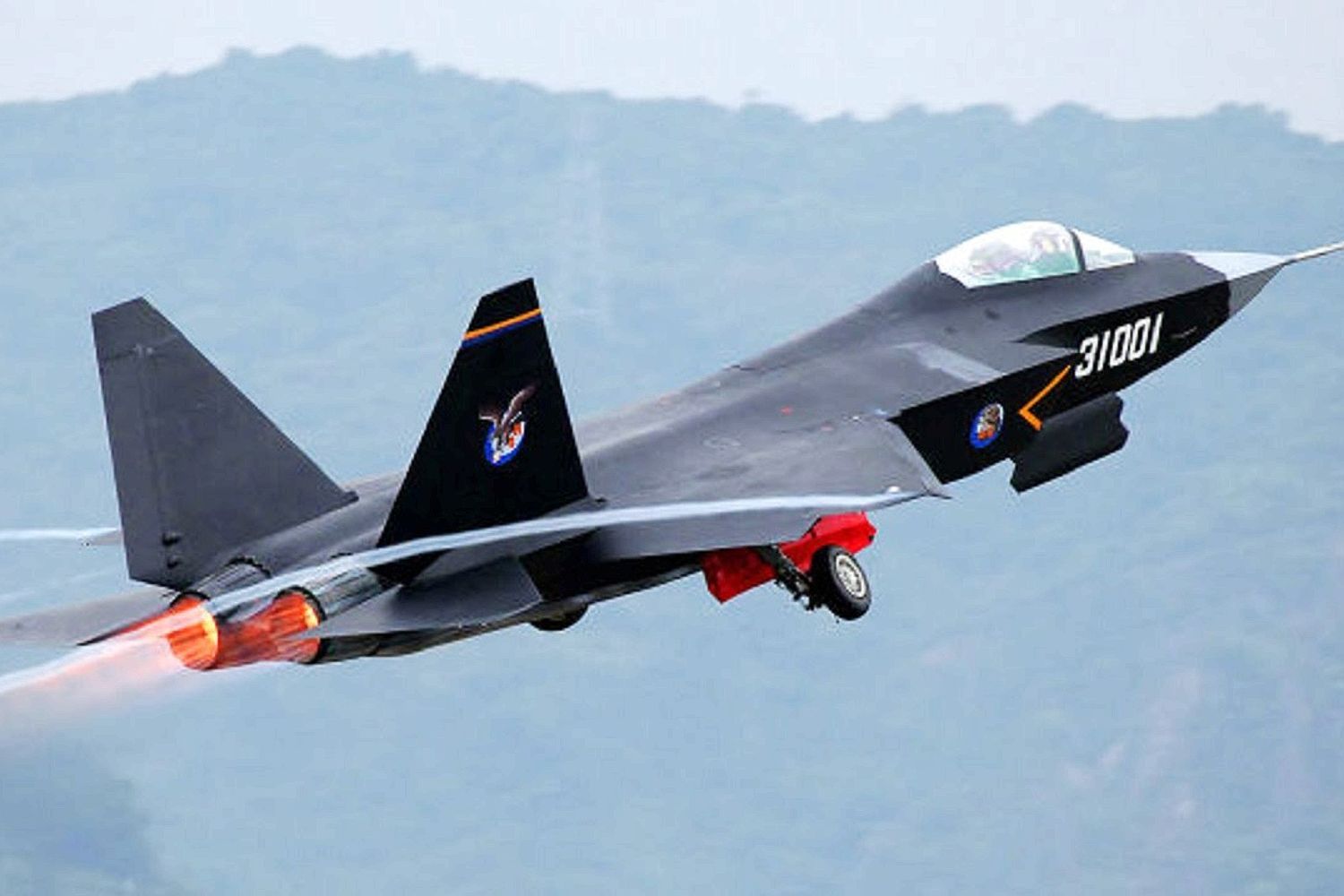In Brief
- A study of 36 patients with brainstem lesions revealed that the majority of those in comas had damage in a specific area of the brainstem, while most conscious patients did not.
- The identification of the areas of the brain responsible for consciousness could lead to new treatment options for patients in comas or vegetative states.
Human consciousness has been defined as awareness, sentience, a person’s ability to experience and feel, but despite the important role it plays in our lives and making us who we are, we actually know very little about how consciousness works.
Scientists currently believe that consciousness is composed of two components: arousal and awareness. The first is regulated by the brainstem, but the physical origins of the latter were always a mystery. Now, a team of researchers at Harvard think they may have discovered the regions of the brain that work with the brainstem to maintain consciousness.









